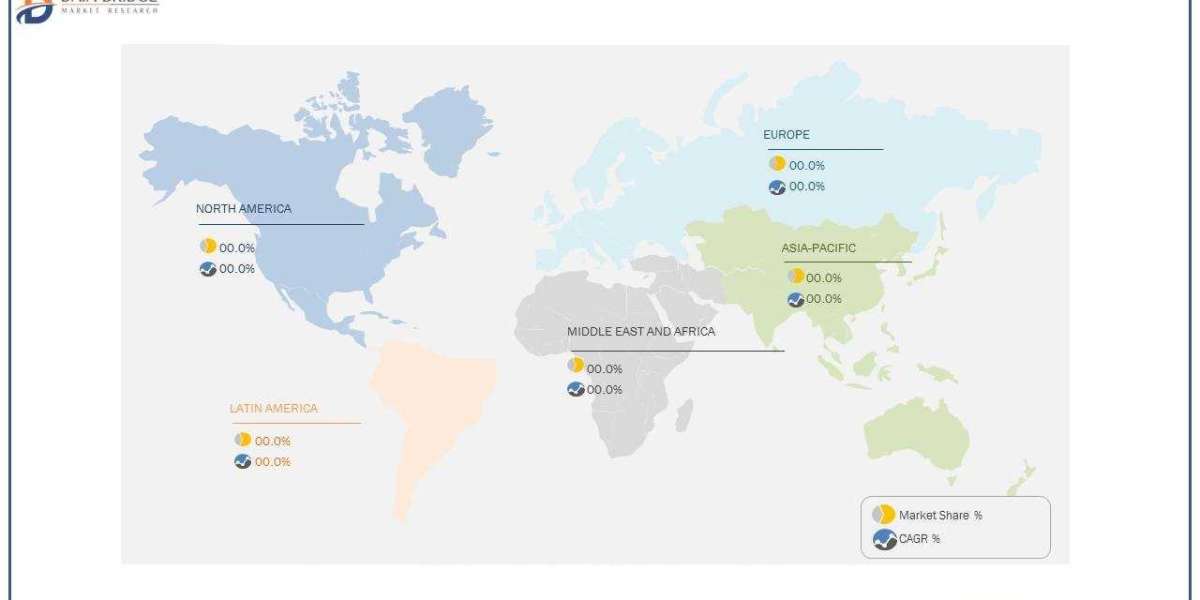**Understanding the PICOT Question in Evidence-Based Practice**
In the realm of evidence-based practice (EBP), the PICOT question stands as a vital framework for formulating research queries and guiding the search for pertinent evidence. Its structured approach assists healthcare professionals, researchers, and scholars in defining a focused and answerable question, thereby facilitating informed decision-making and improved patient outcomes.
**What is a PICOT Question?**
PICOT represents an acronym that outlines the key components of a clinical research question:
- **P**opulation or **P**atient: Describes the individuals or group of patients under consideration.
- **I**ntervention: Specifies the treatment, therapy, or approach being examined.
- **C**omparison: Identifies the alternative or comparison intervention, if applicable.
- **O**utcome: Defines the desired outcome or result of the intervention.
- **T**imeframe: Establishes the time frame for assessing the outcome.
**The Significance of the PICOT Question**
Crafting a PICOT question is fundamental in the EBP process for several reasons:
1. **Precision and Clarity**: It helps to clearly define the elements being studied, eliminating ambiguity and focusing on specific parameters.
2. **Research Design**: A well-constructed PICOT question aids in choosing the appropriate study design and methodology, ensuring the research addresses the intended query.
3. **Information Retrieval**: It guides the search for evidence, enabling professionals to locate relevant studies and literature efficiently.
4. **Clinical Decision-making**: By providing a structured query, it supports healthcare professionals in making informed decisions based on the best available evidence.
**Examples of PICOT Questions**
- *For patients undergoing chemotherapy (P), does the use of acupuncture (I) compared to standard antiemetic drugs (C) result in reduced nausea and vomiting (O) during the treatment period (T)?*
- *In elderly individuals with type 2 diabetes (P), how does regular exercise (I) compared to medication alone (C) influence HbA1c levels (O) over a six-month period (T)?*
**Steps to Formulate a PICOT Question**
1. **Identify the Patient/Population**: Define the specific characteristics of the individuals being studied.
2. **Intervention**: Describe the treatment, therapy, or action being considered.
3. **Comparison**: Specify any alternative interventions or approaches for comparison, if applicable.
4. **Outcome**: Determine the desired result or impact of the intervention.
5. **Timeframe**: Establish the duration or timeframe for assessing the outcome.
**Conclusion**
The PICOT question framework serves as a cornerstone in evidence-based practice, promoting a systematic approach to inquiry and decision-making in healthcare. By structuring queries around these key elements, professionals can effectively narrow down their focus, conduct targeted research, and ultimately enhance the quality of care provided to patients.







